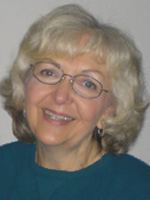Reiki, an energy medicine technique, was re-discovered in the mid to late1800s by Dr. Mikao Usui. Energy medicine incorporates the transfer of energy through the healer’s hands to facilitate healing and to maintain a state of wellness.
Reiki is a Japanese Kanji word (pronounced Ray-Key) meaning Universal Life Force Energy. The “Rei” part means “universal,” and the “Ki” part means “vital life force.” It is that force that permeates our being. This vital life force energy is also referred to as “Chi” and “Prana.”
There is much controversy about the history of Reiki. All of the histories of Reiki come from the verbal stories passed on from Mrs. Takata – a Reiki grandmaster, with little or no hard evidence. However, all Reiki practitioners agree that Dr. Mikao Usui was on a spiritual quest to learn the art of healing. It was on this journey that he re-discovered the ancient sounds and symbols that are linked directly to the human body and nervous system which activate the universal life energy for healing. Later, through a metaphysical experience, Dr. Usui became empowered to use these sounds and symbols to heal. He called this form of healing “Reiki” and taught it throughout Japan until his death around 1893. The tradition was passed through several grandmasters of Reiki.
Reiki seeks to restore order to the body whose vital energy has become unbalanced. A full Reiki treatment provides healing on four levels: physical, mental, emotional and spiritual. On the physical level, Reiki is an effective tool for total relaxation, pain reduction, balancing and activating the energies of the physical body, and promoting more rapid physical healing. On other levels, it helps to release energy blockages.

